Furniture manufacturers and retailers use 3D visuals for various purposes from product catalogs to lifestyle animations. However, no matter what the final result is, it all starts with the creation of a 3D object. One of the most popular approaches for this task is 3D sculpting. Essentially, it is the process that involves a CG artist shaping, stretching, and pulling a polygon mesh of the item just like a real sculptor would with a piece of clay to create a realistic representation of the product.
In this article, our 3D modeling company will tell you about what goes into this complex process. Read on to find out all the intricacies of our 3D sculpting workflow!
#1. Conceptualization and Research
Before any of the technical steps of actually creating the model, the first thing the 3D artist has to do is a thorough research of the furniture item. They need to know what is the purpose of the item and what is the required style of the object. Usually, a client provides this information within their brief after ordering the visualization services. It can include reference images, sketches, and other inspiration. And of course, besides the design aspects, it’s important to determine the specific technical details, such as dimensions and materials with the help of blueprints and drawings. After establishing all of the details, the CG specialist can move on to the next step of the workflow.
#2. Blockout and Initial Modeling
Now let’s take a look at the second stage of the 3D sculpting workflow. Here’s where the technical process begins. With the help of advanced software, the 3D artist creates a rough shape of the furniture piece using simple geometric primitives, such as cubes, cylinders, spheres, etc. At this workflow stage, they focus more on conveying the form and proportions of the item, without going into the intricate detailing. Then, with the use of basic modeling tools, the specialist refines the shape and structure of the product, so that it matches the concept. After the results of this workflow stage are approved by the client, the CG specialist can proceed to the next stage.
#3. Detailed Sculpting and Refinement
After creating a basic shape, the artist moves on to more detailed sculpting tools. During this step, the object begins to look more like its real-life physical version. Here, the 3D professional focuses on intricate nuances, namely the upholstery patterns, carvings, and surface imperfections. These small details are a substantial part of 3D modeling in product design because they make the representation of the furniture authentic and realistic. Before moving on to the next stage of the 3D sculpting workflow, the specialist refines the model until it achieves perfect photorealism and precise accuracy.
#4. UV Unwrapping and Texture Mapping
Finally, let’s take a look at one of the most interesting stages. At this part of the 3D sculpting workflow, the specialist transforms the grayscale furniture into a lifelike object with colors and textures. The first thing the artist does is the UV unwrapping. Basically, it’s the process of preparing the 3D model for texture mapping.
Then comes the process of creating diffuse, normal, and specular texture maps. Diffuse maps are used for simulating how the light scatters on the surface of the object. Normal maps create surface detail and depth. And specular maps define the highlights and reflections of the item. The combination of those three mappings results in a photorealistic 3D model, ready for rendering.
#5. Rendering and Presentation
At last, it’s the final stage of the 3D sculpting workflow. After the model is ready it’s time to put it in context. Here the artist sets up the environment and lighting around the object, puts the camera in the chosen perspective, and adjusts various settings to achieve the required level of realism. Then they render the final images with the help of specialized rendering software or plugins. However, it’s not all CGI can offer! The same 3D model can also be used for other types of marketing visuals, such as animations or interactive presentations.
And that’s it! Now you know all the ins and outs of our 3D sculpting workflow. Hopefully, this article clarified the process of creating CGI and now you will not hesitate to opt for outsourcing your 3D furniture visualization to our studio. We will make sure that everything goes smoothly and that you receive high-quality visuals for your marketing needs on time.
Looking for professional 3D modeling services? Contact CGIFurniture to get all the types of top-notch product CGI in one place!


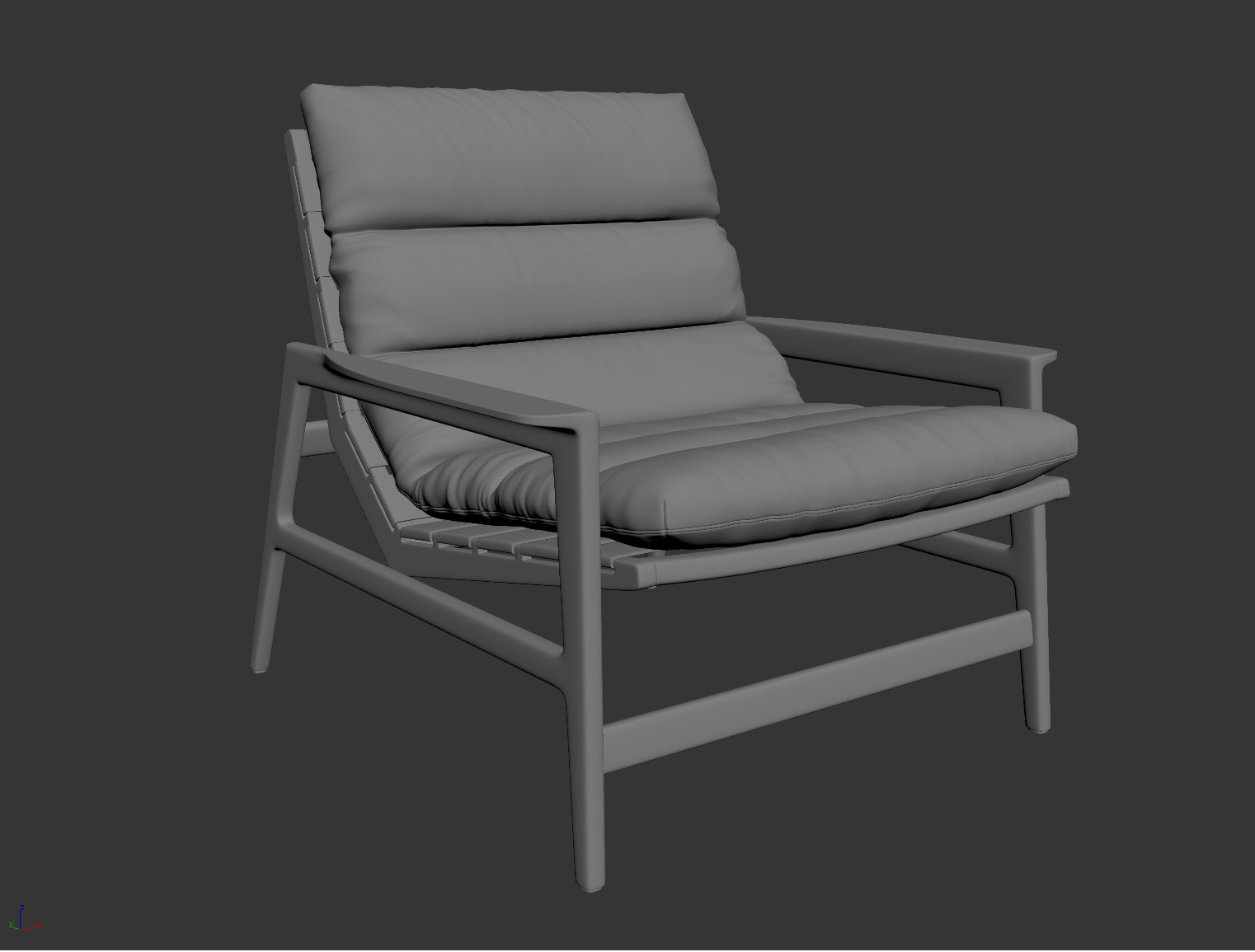
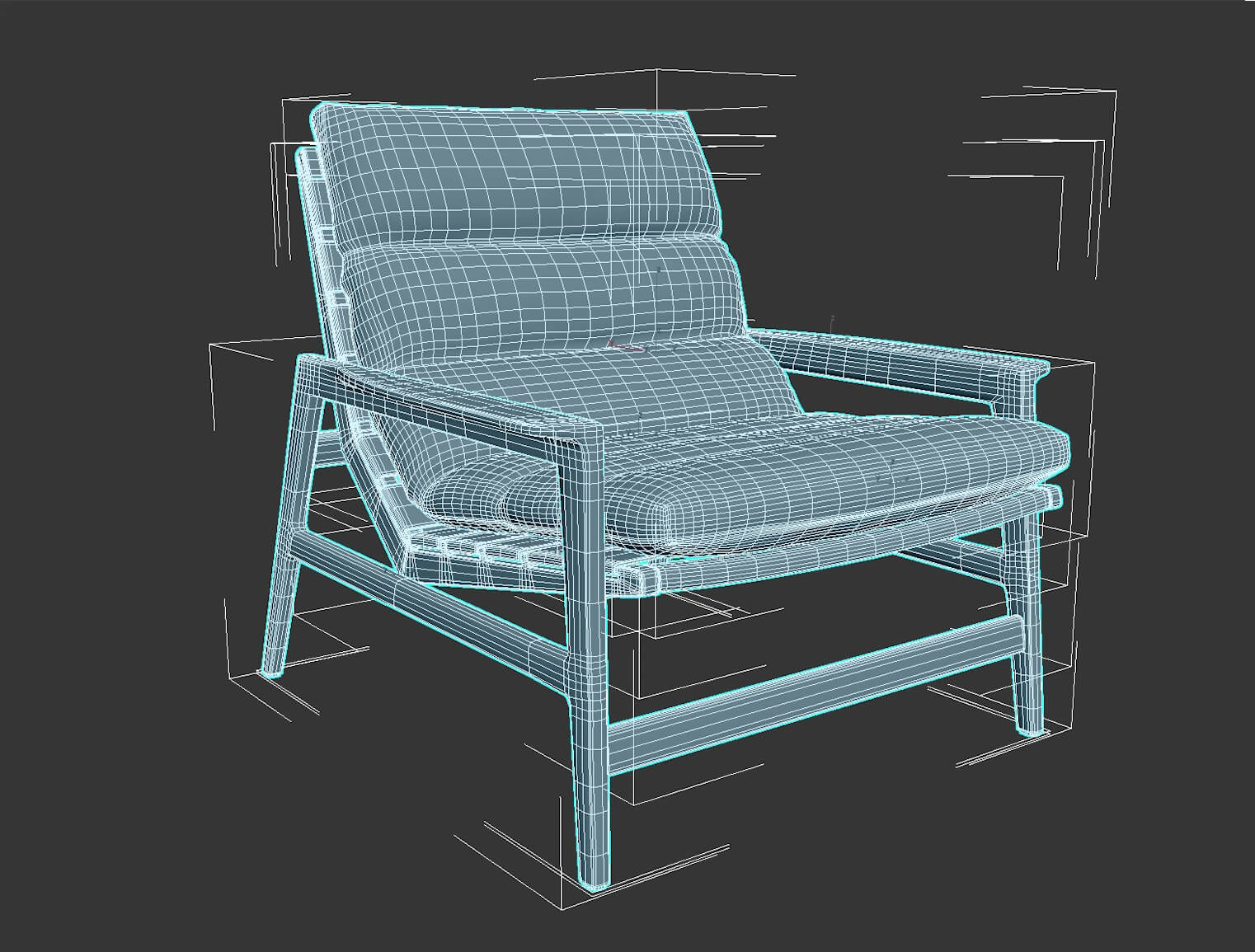
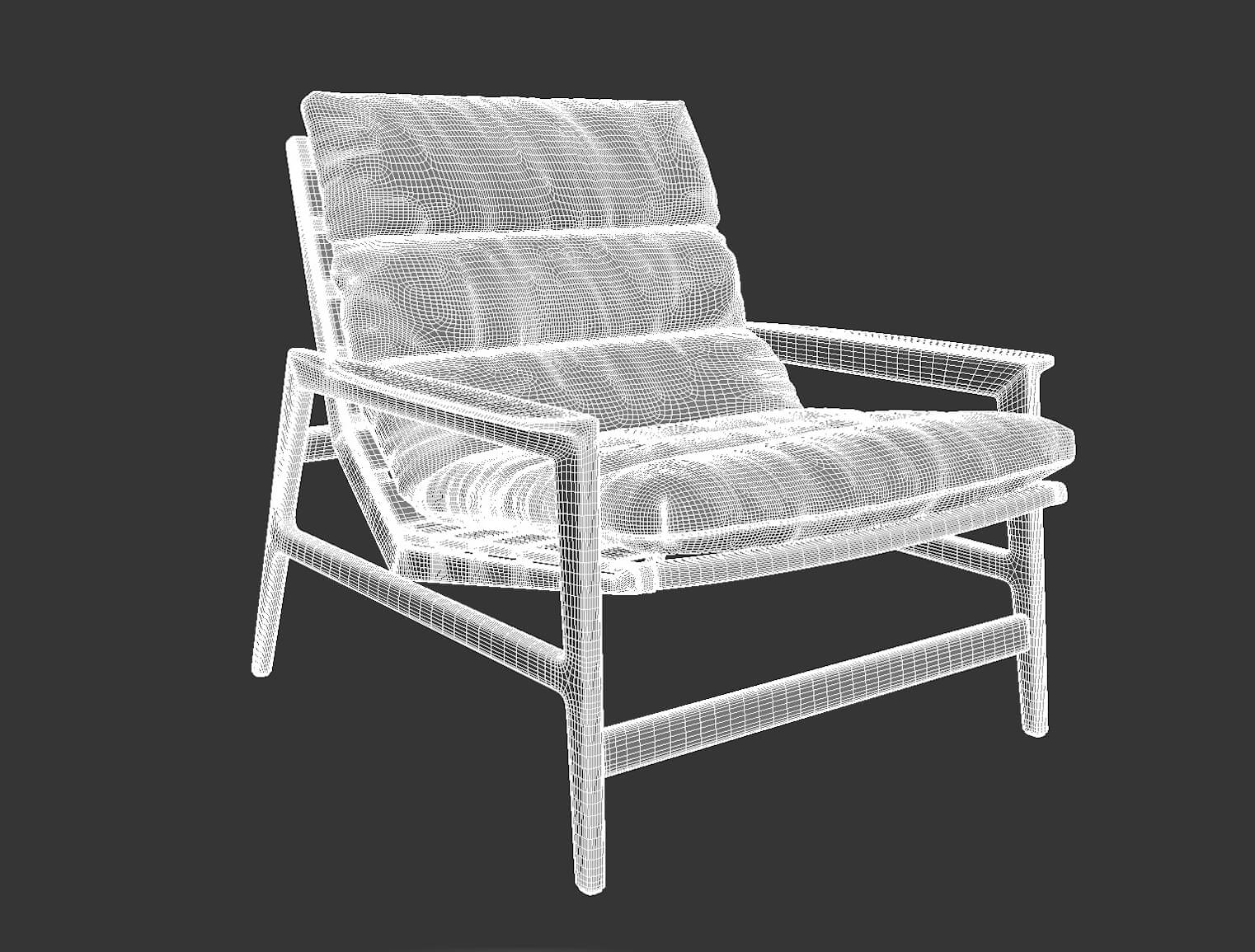
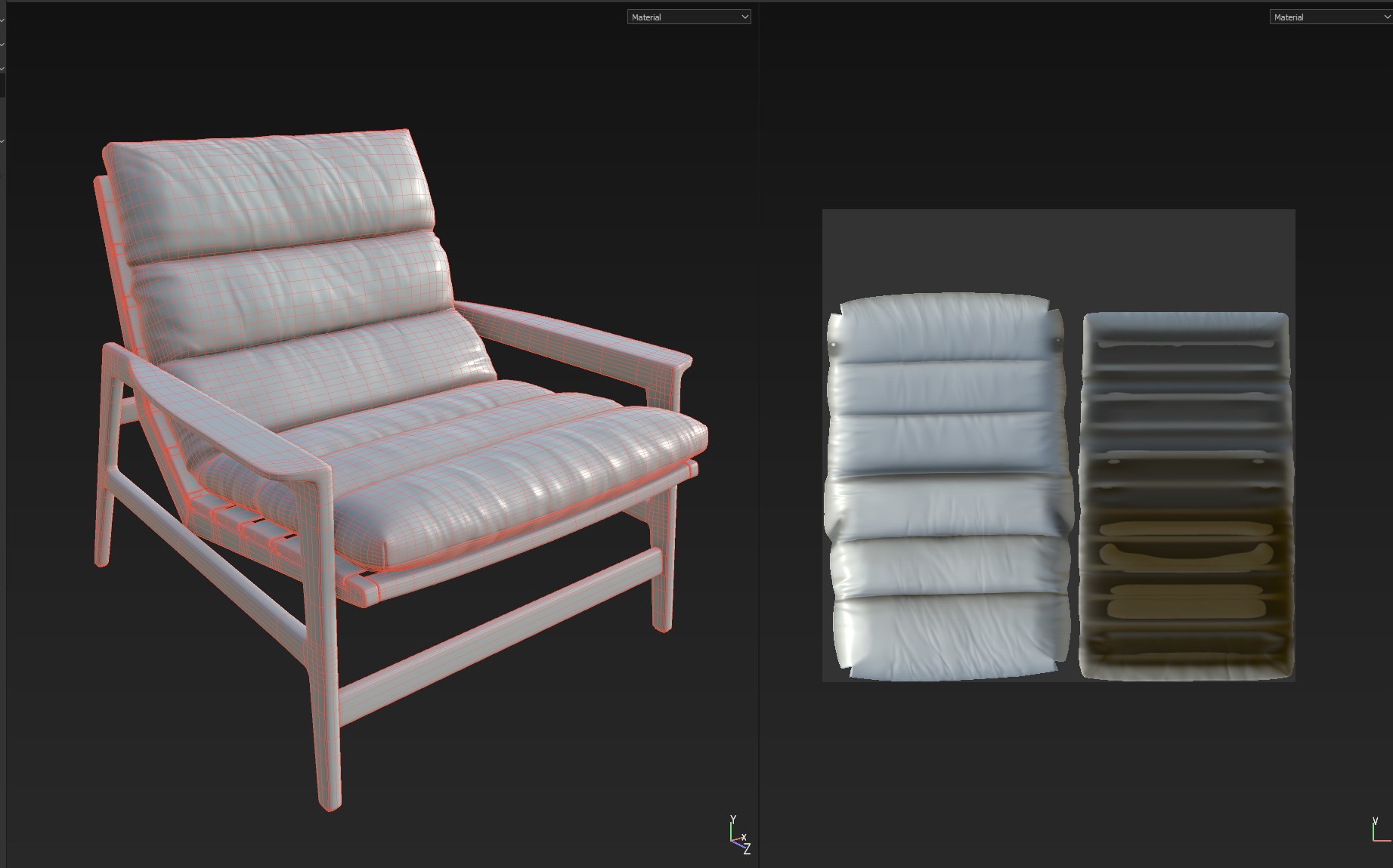
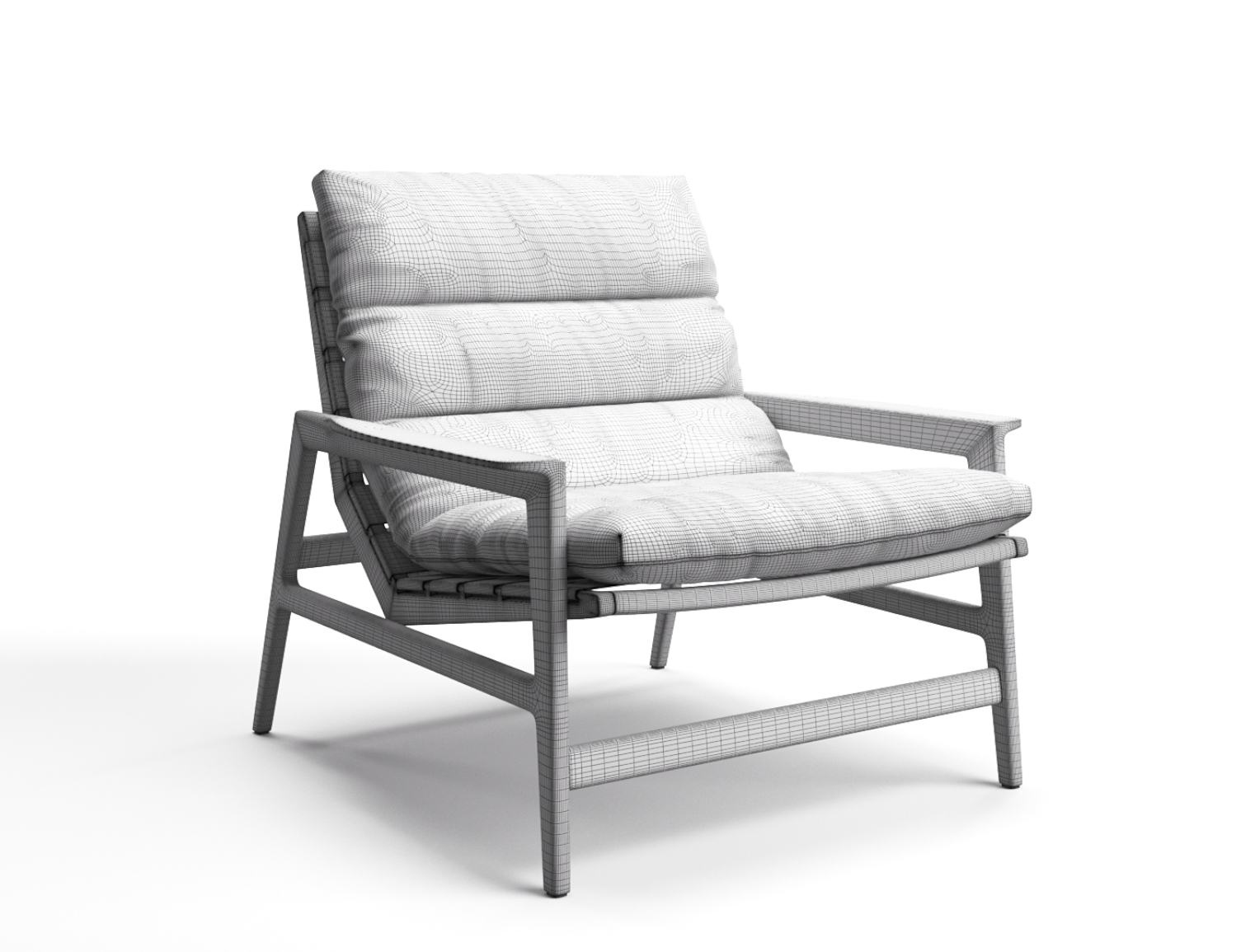


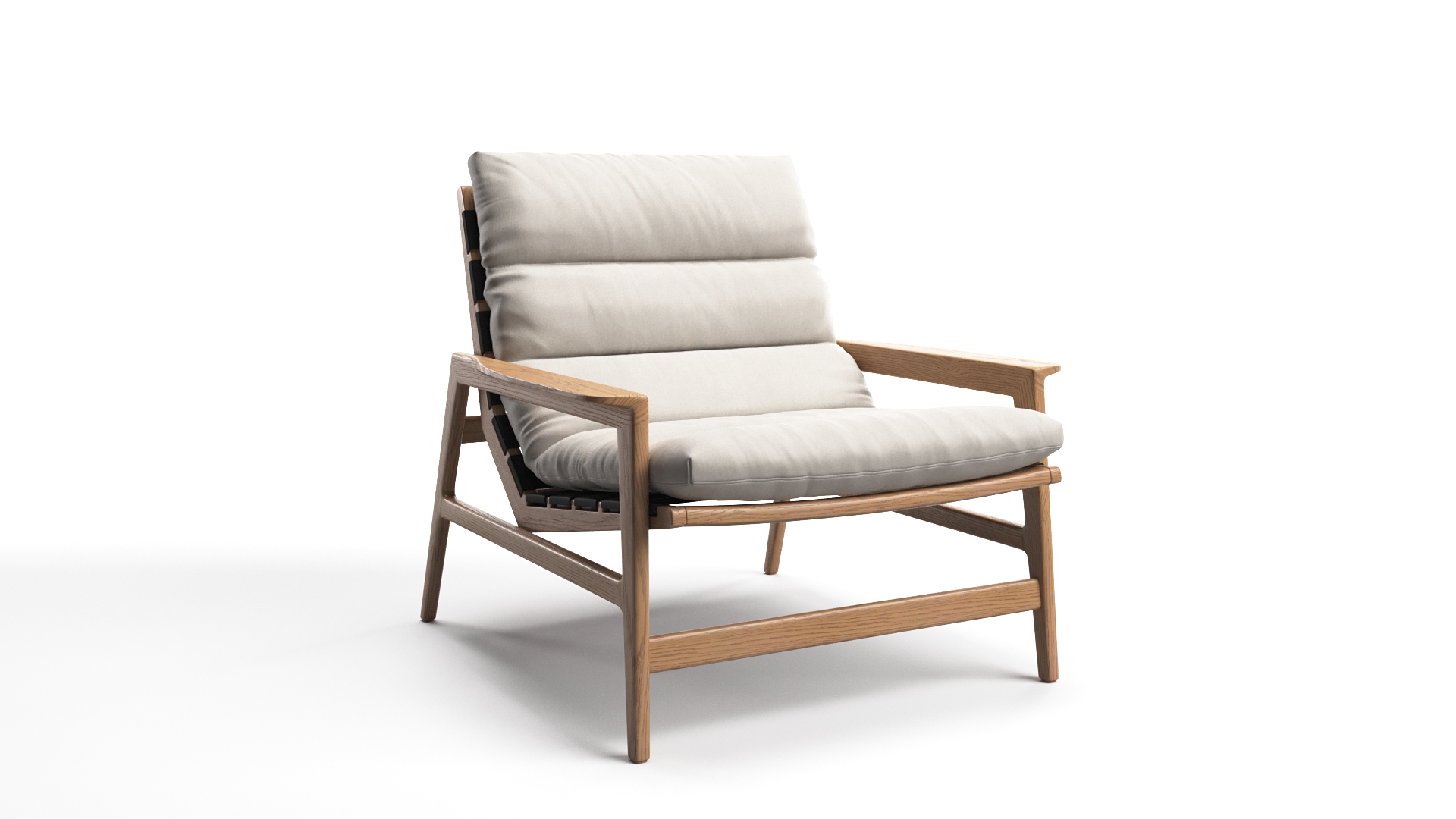

Leave a Reply
Want to join the discussion?Feel free to contribute!